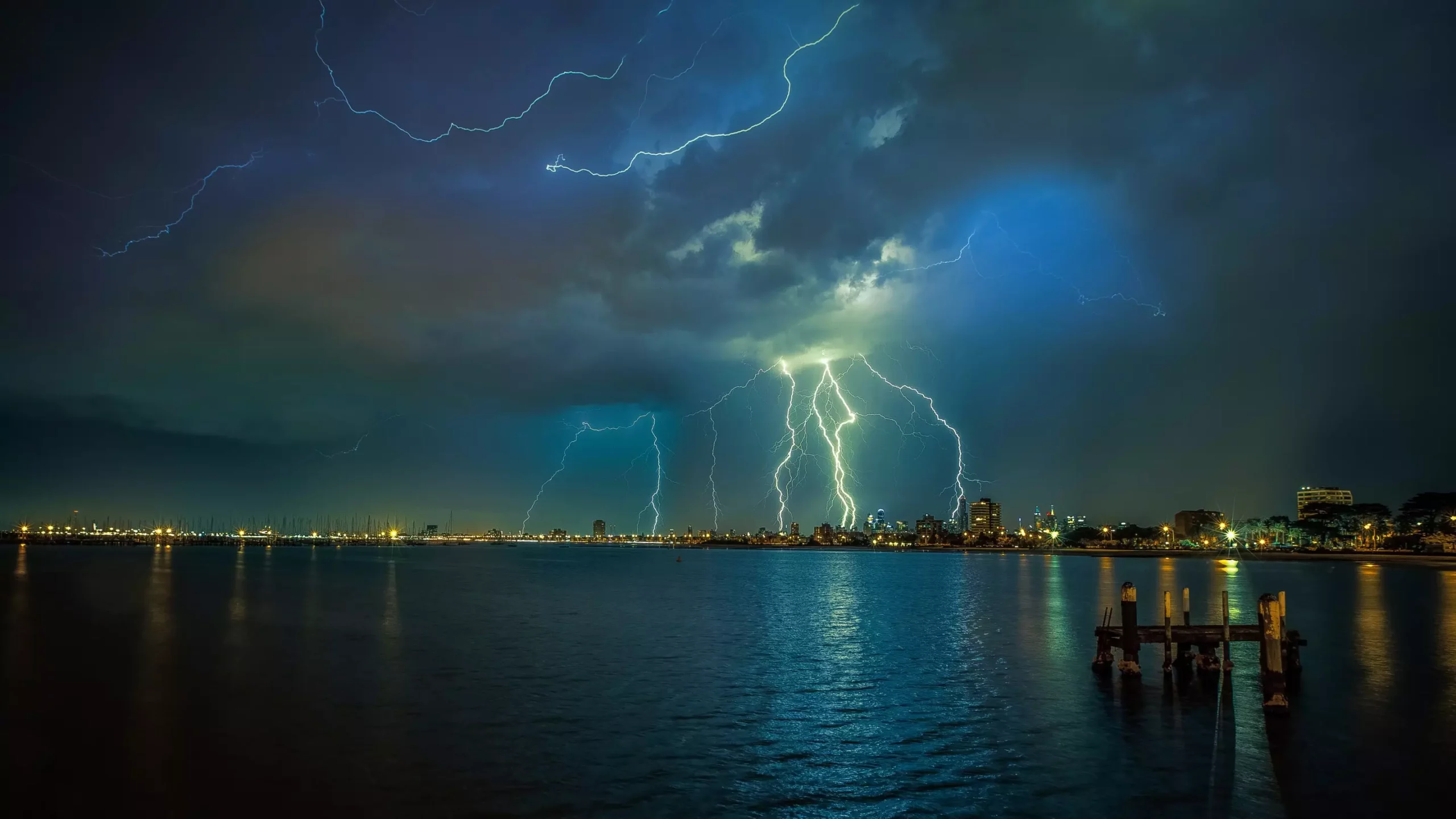The impact of urban pollution extends beyond health hazards and environmental degradation; it is now evident that pollution plays a significant role in exacerbating the intensity of thunderstorms. Recent research by scholars at James Madison University reveals a direct correlation between increased air pollution and the frequency of lightning during summertime storms. This discovery highlights an urgent need to understand the complex interactions between urban environments and meteorological phenomena.
At the forefront of this investigation, JMU geography professor Mace Bentley elucidates how pollution particles function as cloud nuclei. In the atmosphere, these particles are absorbed into updrafts, where they undergo separation via updrafts and downdrafts. This process disrupts the electrical balance in storm clouds, leading to an increase in cloud-to-ground lightning strikes. Bentley emphasizes that the relationship between pollution and lightning is notably pronounced in areas characterized by significant atmospheric instability.
Research Scope and Findings
The comprehensive study spanned approximately three years and analyzed around 500,000 thunderstorms across two major urban regions: Washington, D.C., and Kansas City. By leveraging over a decade of lightning data from the National Lightning Detection Network coupled with extensive pollution measurements from various air quality monitoring stations, researchers could draw definitive conclusions about the exacerbating effect of pollutants on lightning activity. Their findings clearly indicate that greater pollution levels correspond to increased lightning occurrences during critical meteorological conditions.
Intriguingly, Bentley’s findings are not confined to American cities. He is currently expanding his research to include Bangkok, a megacity rife with pollution and characterized by a warm, tropical climate. Early results suggest an even stronger correlation between pollution levels and lightning frequency in that environment, reinforcing the notion that urban pollution universally enhances thunderstorm characteristics. “It looks like no matter where you go in the world, urban pollution is capable of enhancing thunderstorms and lightning,” Bentley states, indicating a broad, global relevance to these findings.
The implications of this research extend into the realm of urban planning and environmental policy. As cities worldwide grapple with increasing pollution levels, understanding its role in intensifying natural disasters becomes crucial. Mitigating air pollution may not only benefit public health but could also help in regulating the severity of thunderstorms, thus reducing risks associated with lightning strikes.
The relationship between urban pollution and thunderstorms elucidates a critical area of study that requires immediate attention. With evidence suggesting that reducing pollution could mitigate the risks associated with extreme weather events, there is a pressing need for cities to adopt sustainable practices. By addressing air quality issues, urban areas can not only improve the general well-being of their inhabitants but also potentially diminish the escalating threats posed by climate-induced phenomena. The dual approach of enhancing environmental sustainability while safeguarding urban populations should be at the forefront of contemporary discussions on climate action.


Leave a Reply